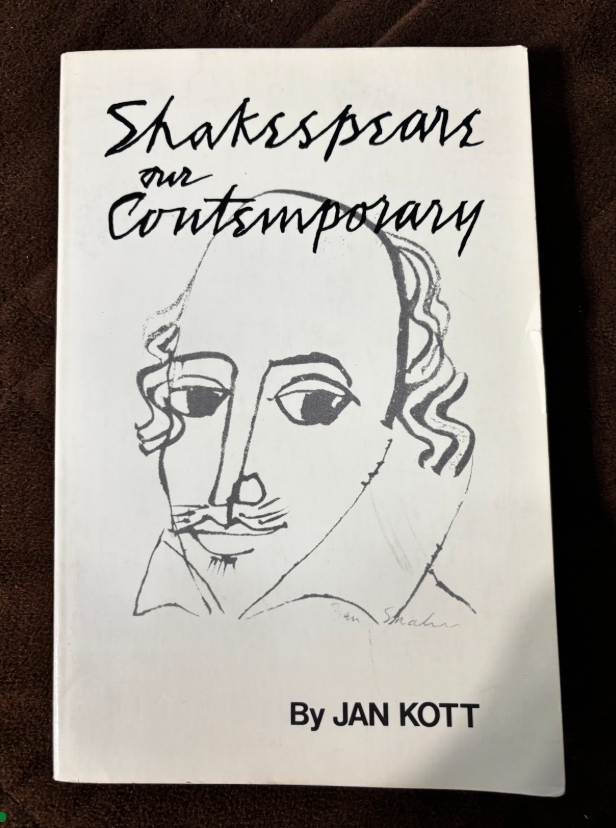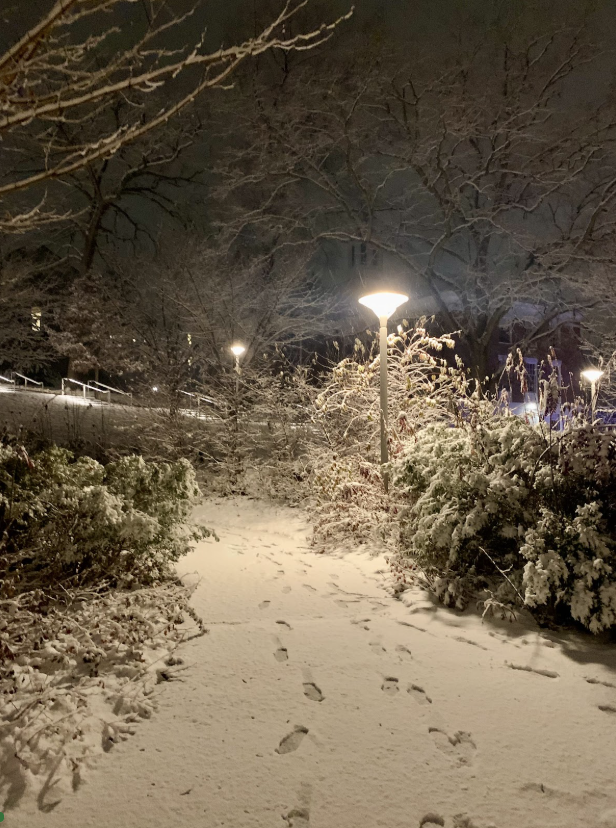The Common: A Modern Sense of Place

The Common, a new print and online literary magazine based at Amherst College, released its newest issue (Issue 6) on Oct. 28th. Issue 6 beautifully brings together poetry, short stories, essays and images by both local and international authors. All of the pieces included in The Common fall under the overarching theme of, as Editor Jennifer Acker ’00 says in The Common’s mission statement, “a modern sense of place.” The magazine’s goal is to publish “literature and art powerful enough to reach from there to here,” and it succeeds with grace, both in Issue 6 and in past issues. With a professional and minimalist aesthetic, impressive typography, and a wholesome physical feel, The Common’s biannual print issues are substantial volumes that are pleasing to read and pleasing to touch. Founded in 2009 and first released in 2011, The Common has steadily built both an audience and a name for itself in the world of literary magazines over its three years of publication.
Issue 6 builds on the theme of a modern sense of place as it demonstrates, across genres, the ways in which intimidation, fear and loneliness can be conquered by the strength that comes with a connection to a ‘place.’ Characters, bodiless narrators and nations alike find the ability to face daunting tasks and situations with new light and resolve when they realize that their homes, or their land, are on their side.
In fiction writer and essayist Megan Staffel’s short story “Mischief,” middle-aged Ramona struggles to find her sense of place in a small, close-knit town as her marriage threatens to crumble. She finds solace in the tactile relationships she develops with the different elements of her (somewhat) new hometown, and her work as a massage therapist and declares, “I want to stay here. I want to make this our home,” in the face of being constantly uprooted by her husband’s career. Readers are shown, through the emotional landscape Staffel intricately weaves, how, in the face of great loneliness, a place can be the most stalwart of companions. In Hisham Bustani’s short story “Freefall in a Shattered Mirror” translated from Arabic by Thoraya El-Rayyes, a young Arab girl struggles with whether or not she can move out of her culture’s antiquated constraints and into a present all her own. The piece is broken into a series of vignettes in which she interrogates these themes with herself and others. Faced with the reality that her current ‘place’ comes hand-in-hand with its culture, “she chokes with bitterness and tries to escape, to turn over and stand in the air. But it’s no use. She is totally fixed — as if fastened by unseen ropes.” She longs to find a place that will support her and sets out to do so. This harsh, heartbreaking reality evokes the theme of a sense of place from a particularly cultural angle and shows readers that although a place isn’t always comforting, it can be just the push we need to come into our individual selves with greater strength than we would have otherwise.
Similarly, in the essay “Well-Armed,” Rowan Moore Gerety demonstrates his determination to remain in a place that he feels a connection to, even in the face of adverse, and possibly even dangerous, circumstances. Gerety recounts his trip to Reunion Island to teach English to children. His desire to fully immerse himself in the culture of his new place of work (and to avoid a long commute) results in his moving in with a questionable roommate named Serge. Gerety suffers through a moldy kitchen, outdoor showers and ominous signs and rumors of criminal activity in the neighborhood (and possibly within his very home) because, as he writes, “for all my frustrations, living chez Serge was still convenient and entertaining.” The colors of the odd characters Gerety takes up with blend with the colors of the place itself, reminding readers that, try as we might, we cannot always distinguish between a place and the people it holds. The two entities often lend irreplaceable meaning to one another.
The essays and short stories included in Issue 6 can be the most hard-hitting in terms of connection to a place, but the poetry is no less relevant. Denise Duhamel’s lovely homage “Love Poem with Elizabeth Bishop” evokes the spirit of the late poet’s work in order to craft a uniquely grounded place of its own: Bishop’s house, as inhabited by the speaker and her partner. As the emotional trials of Bishop’s life are sympathetically catalogued, love prevails; the poem becomes a unique space in which the absence of a person is able to strengthen emotional connection. Duhamel writes, “You are fishing on the bay / and I am missing you, but the missing / is necessary for me to go back to childhood,” and as a reader, you will find yourself feeling nostalgic for times and places that you didn’t even know you missed.
One of the most unique pieces in the issue, “Peaks and Valleys,” is a collection of images of architectural plans done by the firm Lateral Office in collaboration with Luis Callejas. The introduction, written by The Common Architecture Editor Scott Geiger, explains that the plans pursue a more modern city architecture for the Klaskvík City Center in the Faroe Islands. A restructuring of the city in order to better foster modern-day community is the goal. In tandem with the modern sense of place throughout the issue, “as Klaskvík moves into the twenty-first century, it becomes more like itself than ever before.” “Peaks and Valleys” serves as the architectural embodiment of the short stories, poems and essays throughout the issue; it is the power of a modern sense of place brought to life.
Although a few of the pieces in the issue are not as successful as others in their execution, for the most part, Issue 6 is a great success. The wide diversity throughout the issue, in terms of both the genres and the authors, is a testament to the idea that a strong sense of place can take any form and can come from anywhere at all. In our current technology-controlled world, it is easy to forget from where we have come, where we are currently and where we are going. We are lucky that we have The Common to remind us.




Comments ()